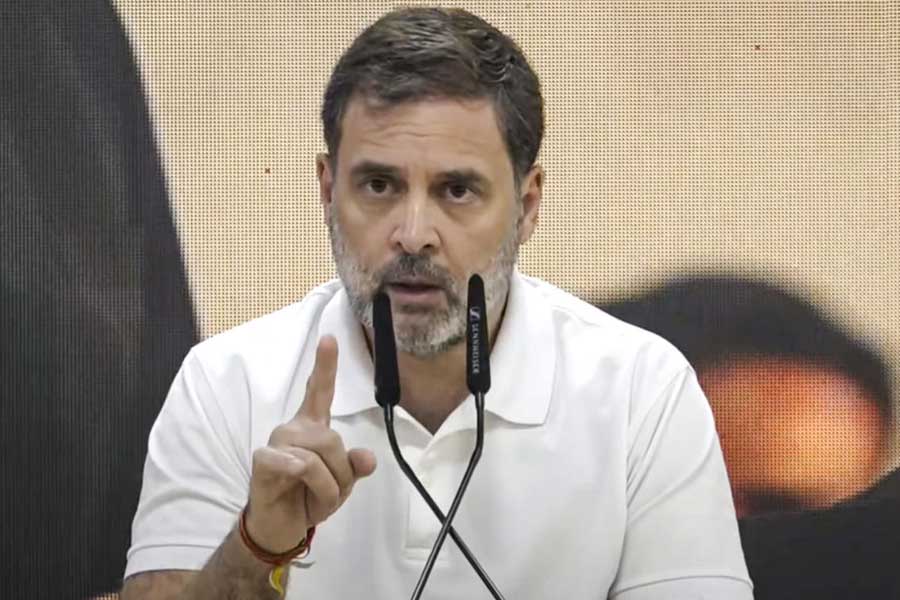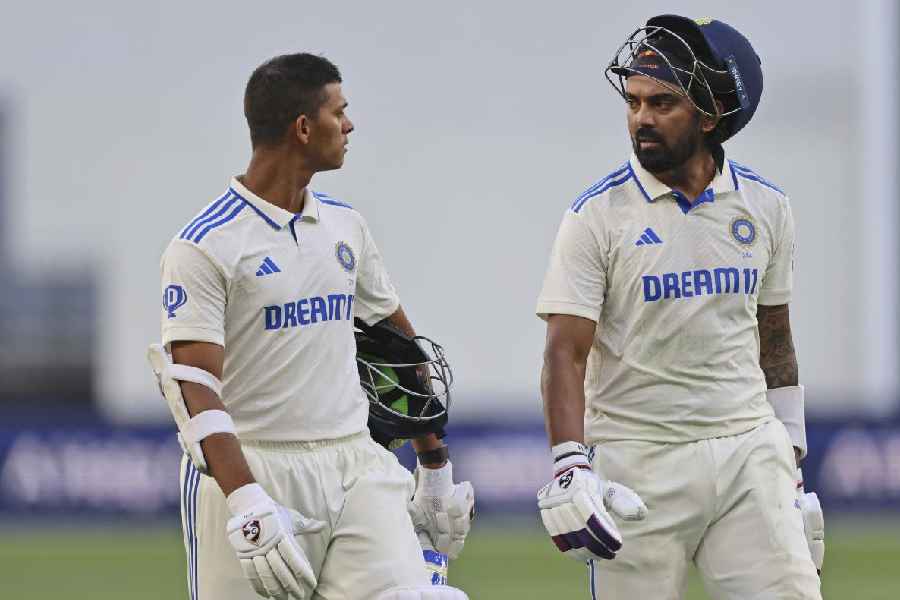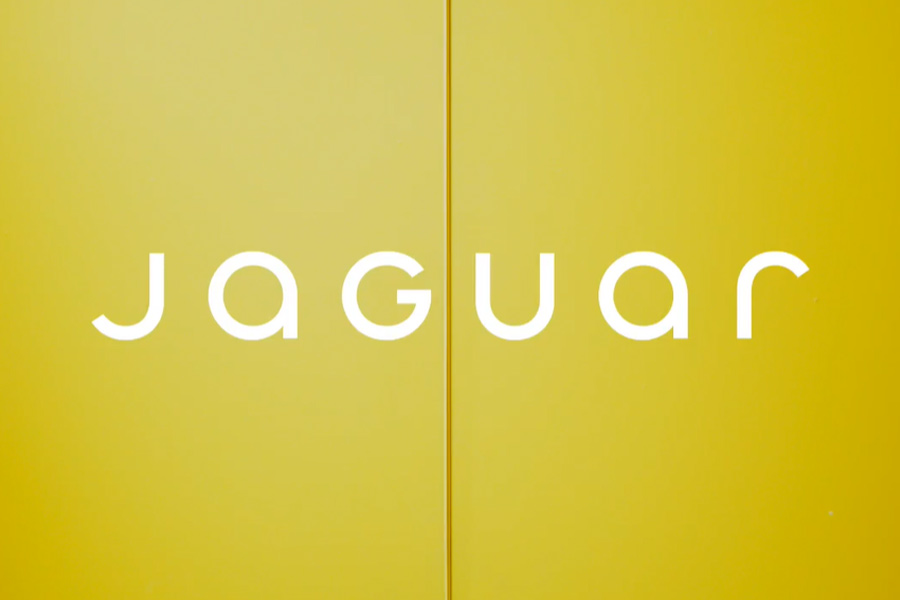For weeks, President Donald Trump has faced relentless criticism for having overseen a slow and ineffective response to the coronavirus pandemic, failing to quickly embrace public health measures that could have prevented the disease from spreading.
So on Tuesday, the president tried to shift the blame elsewhere, ordering his administration to halt funding for the World Health Organization and claiming the organization made a series of devastating mistakes as it sought to battle the virus.
He said his administration would conduct a review into whether the WHO was responsible for “severely mismanaging and covering up” the spread. “So much death has been caused by their mistakes,” the president told reporters during a White House briefing.
In effect, Trump was accusing the world’s leading health organization of making all of the mistakes that he has made since the virus first emerged in China and then spread rapidly. As of Tuesday, there had been about 2 million cases of the virus worldwide, and nearly 125,000 deaths. In the United States, there have been more than 600,000 cases and 25,000 deaths from the virus.
Recent polls show that more Americans disapprove of Trump’s handling of the virus than approve.
The attack on the WHO, which was founded after World War II as part of the United Nations “to promote and protect the health of all peoples,” was the latest example of the president’s attempt to shift the blame throughout the crisis.
Over the past several months, Trump has repeatedly accused the news media, governors, Democratic members of Congress and former President Barack Obama of being responsible for the number of cases overwhelming the nation’s hospitals.
‘I don’t take responsibility’
Asked directly in mid-March whether he was to blame for the lack of testing capacity in the country, Trump said, “I don’t take responsibility at all.”
A centerpiece of the president’s attack on the WHO is his contention that it was too quick to believe information about the virus coming from the Chinese government at a time when it should have been more critical. He said the WHO “willingly took China’s assurances to face value” and “pushed China’s misinformation.”
But it was Trump himself who went out of his way to publicly and repeatedly praise the Chinese government for its handling of the virus at a time at the beginning of the year that his administration was negotiating a trade deal with China.
On January 24, about a month after the virus was discovered there, Trump tweeted: “China has been working very hard to contain the Coronavirus. The United States greatly appreciates their efforts and transparency.”
In a contentious back-and-forth with reporters on Tuesday after his announcement in the Rose Garden, the president refused to answer for that inconsistency, saying that he “would love to have a good relationship with China” even as he asked why “am I the only leader who closed my borders against China?”
Pressed on why he is taking action now, Trump insisted that the WHO is very “China-centric” without explaining what that meant or why that would have caused vast numbers of people to succumb to the coronavirus.
WHO crucial in fight against Covid-19
In a statement issued Tuesday night, António Guterres, the secretary-general of the United Nations, defended the WHO, saying it “must be supported, as it is absolutely critical to the world’s efforts to win the war against COVID-19.”
Guterres said that “it is possible that the same facts have had different readings by different entities,” but he insisted that the middle of a pandemic was not the time to resolve those differences.
“It is also not the time to reduce the resources for the operations of the World Health Organization or any other humanitarian organization in the fight against the virus,” he said.
The biennial budget for the WHO is about $6 billion, which comes from member countries around the world. In 2019, the last year for which figures were available, the United States contributed about $553 million.
According to Trump, the WHO “fought” the United States after he ordered limits on flights from China on Jan. 31. He was apparently referring to a decision by WHO officials to issue a statement saying that “restricting the movement of people and goods during public health emergencies is ineffective in most situations and may divert resources from other interventions.”
The question of whether the WHO was not aggressive enough in recommending action against the virus has been raised in other countries. Some governments have noted that the organization’s leadership did not challenge China’s assertion in mid-January that there was not human-to-human transmission of the coronavirus.
But the WHO did issue urgent advisories throughout January about the potential dangers from the virus and announced that it constituted a “public health emergency of international concern” a day before the Trump administration made a similar declaration.
Window of opportunity
From January 22 on, Tedros Adhanom Ghebreyesus, the WHO director general, held almost daily news briefings to warn the world that the virus was spreading and that countries should do everything they could to stop it. Every day he repeated a mantra: “We have a window of opportunity to stop this virus. But that window is rapidly closing.”
Trump’s contention that the WHO was too cozy with China may be the result of the praise it had for the aggressive way that the Chinese sought to contain the virus, using tactics that were sometimes brutal, including people being dragged from their apartments into hospital isolation when they resisted leaving and welding families into their apartments when they broke quarantine rules.
Beijing ultimately sent 40,000 medical personnel from all over China into Wuhan, built two hospitals, trained 9,000 contact-tracers and began tracking down, testing and isolating not only everyone with the virus but everyone with a fever.
China tactics worked
Brutal as they were, China’s tactics ultimately worked.
By March 18, China was able to report zero new cases in the country, and some cities were allowed to reopen in March. Public health experts have called what China did — stopping a new, highly transmissible pandemic disease in its tracks — an unparalleled success.
As a result, Trump’s accusation that inaction by the WHO caused more deaths from the virus stands in contrast to its record of embracing China’s swift crackdown.
The president’s broadside against the world’s premier health organization also ran counter to his own assessment of the organization as recently as six weeks ago.
In late February — before some of the harshest criticism of Trump’s inaction — the president heaped praise on the WHO, saying the organization had been working closely with the Centers for Disease Control and Prevention in the United States.
“The Coronavirus is very much under control in the USA,” he tweeted, “We are in contact with everyone and all relevant countries. CDC & World Health have been working hard and very smart. Stock Market starting to look very good to me!”











